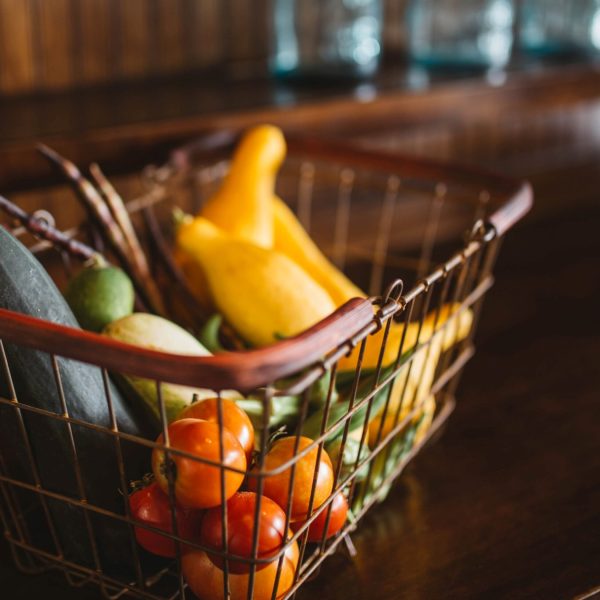
After trying out the tips from last month, I hope you were able to save some money while choosing more fruits and vegetables from a local market. We will focus on some more tips on foods with a longer shelf-life and ideas to save money on protein options.
Make sure and check the unit price. This is listed as price per unit or price per kilogram. You may have to do some math yourself, but many stores list this on the price tag in smaller font.
Example:
A dozen eggs = $5.09 divided by 12 = $0.42 cents per egg
Carton of 10 eggs = $7.95 divided by 10 = $0.80 cents per egg
Shelf-stable foods that can be frozen can sit in storage for several months. As you trim your budget with these tips, you should have some extra wiggle room to stock up when sales happen.

| Meat | Commercial | ||
| Beef Mince (400g) | $6.92 | $10.00 Grass-fed, hormone-free | $11.00 Organic |
| Beef Stir-Fry (400g) | $8.40 | $12.99 Grass-fed, hormone-free | |
| Chicken Breast (550g) | $7.00 | $10.00 Free-range | $16.00 Organic |
Increasing grocery prices are a reality for all of us. You can make simple changes to offset the inflated prices and still eat a balanced diet while incorporating organic meat and poultry. Take a couple of these tips and see if you can save some of that 7% inflation at the checkout this week.